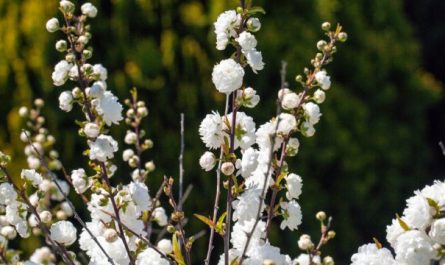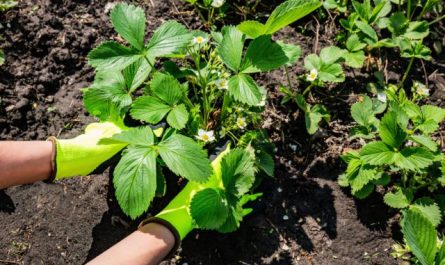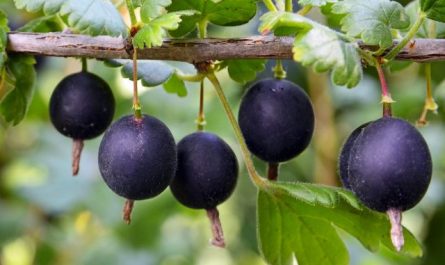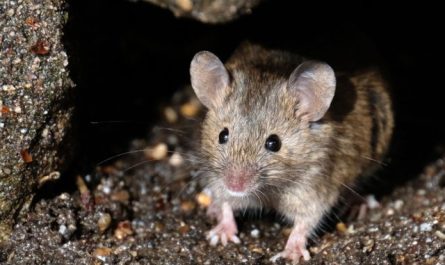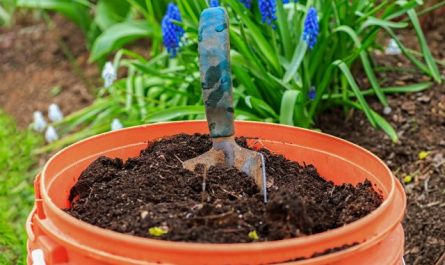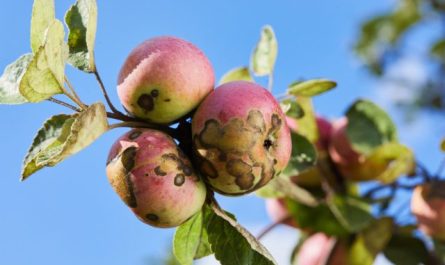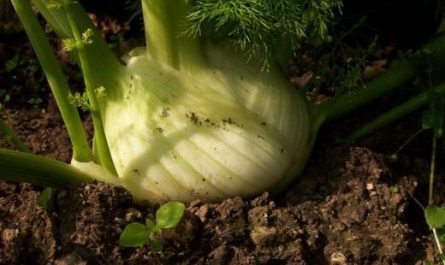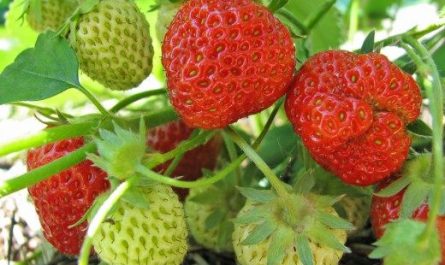Strawberries are the most beloved and most common crop. Strawberries reproduce well, take root well, and are not very demanding on soil fertility and climate. With good and competent care, you can get a generous harvest of strawberries every season.
Strawberry, or wild strawberry, is a plant up to 30 cm high. Strawberries are propagated by rooting runners. For good growth and propagation of strawberries, an air temperature of 8 degrees is sufficient. At lower temperatures, strawberry growth slows down. Plants take root very well within 4 weeks. The best time for planting strawberry seedlings in central Russia is May. But strawberries can also be planted from July to September with good watering.

© Rasbak
Strawberries with green leaves overwinter. With the onset of spring, new young leaves and roots begin to develop on the bushes.
Strawberries are propagated by runners and rosettes of leaves. It is better to buy planting material in a nursery or from experienced collectors. When buying seedlings, choose those with 3-5 developed leaves, a whole heart and white juicy roots.

© Marc Ryckaert
To get seedlings on your own plot, you need to weed well and loosen the space between the rows, straighten the overgrown tendrils and rake the soil onto them, water them and feed them with liquid fertilizers – 20 g of urea per bucket of water. In very dry weather, it is necessary to water young rosettes often. The best seedlings will be on the first internodes of the tendrils, closer to the bush. They must be left, the rest of the young rosettes are cut off.
Forming young rosettes by adding runners weakens the mother bush very much. Therefore, you can use another method of propagation. From healthy strawberry bushes, select the very first, well-developed young rosettes and plant them in a special nursery, in which the soil should be well-fertilized with organic matter. Young rosettes need to be shaded and the soil moisture should be constantly monitored. The seedlings obtained in this way can be planted in a permanent bed as early as July.

© Forest & Kim Starr
To obtain rich harvests of strawberries and large berries, it is necessary to prepare the bed for planting in advance. A month and a half before, the area for planting strawberries is dug to the depth of a bayonet and organic matter is added during digging – 6 kg per square and complete mineral fertilizers – 45 g of superphosphate and potassium salt.
It is recommended to plant strawberries in rows and in strips. In rows, the distance between rosettes should be at least 30 cm, and in a row – 40 cm. In strip planting, leave a distance of 70 cm between strips, and 15 cm between plants.

© Forest & Kim Starr
Before planting, the roots of strawberry seedlings are dipped in a clay mash, which improves the survival rate of strawberries. When lowering into the hole, the roots are carefully straightened and pressed tightly to the ground, slightly lifting the plant. With proper planting, the heart should be at the level of the soil. After planting, strawberries must be watered abundantly.
Planted strawberry seedlings should be mulched with mown grass, straw or humus. Black film can also be used as a mulching material, which will prevent moisture from evaporating. Holes 10 cm long are made in the film for the rosettes.

© Forest & Kim Starr
After planting strawberry seedlings, it is very important to maintain sufficient soil moisture and it is necessary to feed the strawberries with mineral fertilizer – urea and potassium chloride.
The greatest harm to strawberry plantations is caused by the raspberry weevil and mite, and the most common disease that affects strawberries is gray rot.
To prevent diseases, strawberries are treated with Bordeaux mixture and affected flowers are destroyed.


